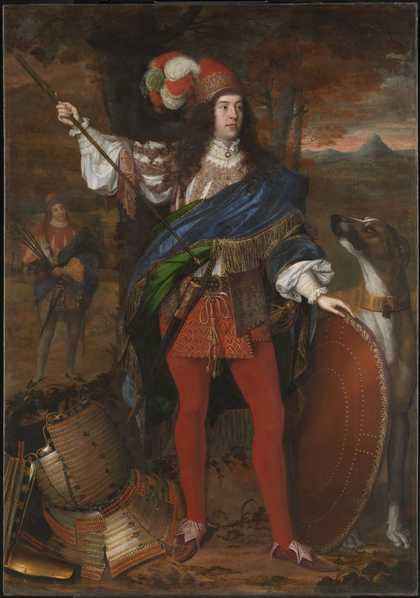
John Michael Wright
Sir Neil O’Neill (1680)
Tate
The period that marks the turn of the seventeenth century – the reigns of the later Stuarts and the early Hanoverians – has often been described as one of the ‘poor relations’ amongst historical studies of British art. Despite some important contributions and in the face of some stunning and fascinating works, the period is less well known than the ‘ages’ of Van Dyck and Hogarth that tend to frame it in historical surveys.
As the title suggests, this research project will focus on three distinct but interwoven sites for the production and viewing of the visual arts: the later Stuart and early Hanoverian Court, the country seats of the landed aristocracy and the urban spaces occupied by a mix of social classes. Against this framework, the research team will consider a number of topical themes to ascertain how they determine and inform artistic production during these years of restoration, revolution and regime change.
The first is the theme of Britain’s growth as an imperial power, with possessions across the Atlantic, a geo-political transformation that resulted in quite new relationships and rivalries with continental trading partners. A second theme relates to the development of art theory in this period, as a recognisable and discrete mode of discourse and the parallel growth of the contemporary concept of the British School of Painting.
Funded by the Arts and Humanities Research Council from October 2009 for three years, this project is based on a partnership between researchers from the History of Art department at the University of York and Tate, and will result in a range of outcomes including scholarly publications, virtual and gallery displays, and conferences.
Contact
The research team welcomes your comments about the project. To contact them email: cccresearch@tate.org.uk
